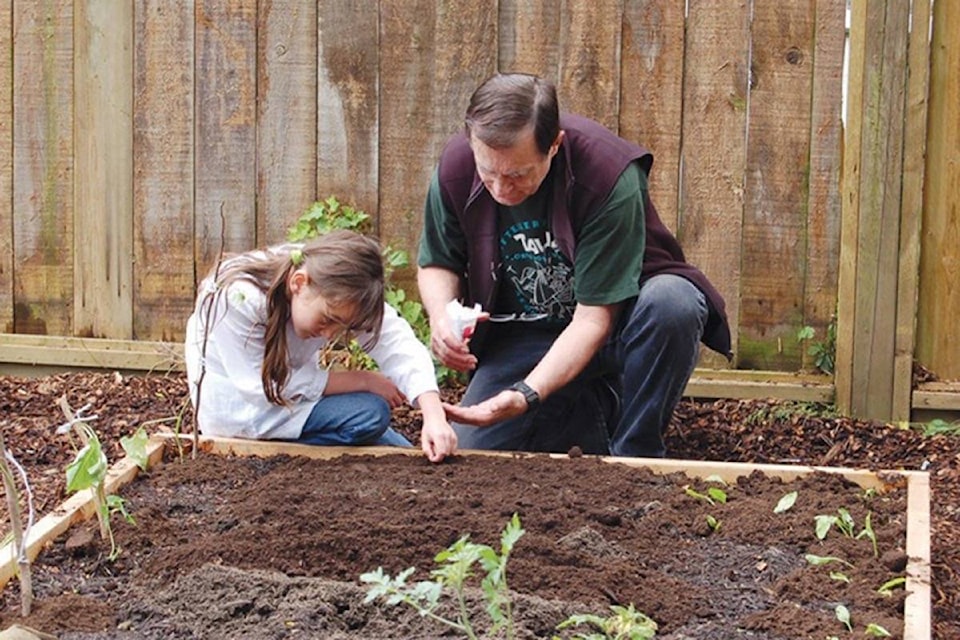Jocelyne Sewell
Gardener’s Diary
September is here and it reminds us we have to start bringing houseplants in.
I will be leaving the geraniums out for a few more weeks. If you don’t want to be bothered to keep large plants going over the winter, you can make some cuttings.
https://blog.thompson-morgan.com/taking-geranium-cuttings/ by Holly Taylor
Taking Geranium & Pelargonium Cuttings:
There is no particular time of the year for taking cuttings of many of the members of the pelargonium family, because they have no dormancy and grow for twelve months of the year. However, success will depend on being able to supply good light and warm compost.
How to take geranium cuttings:
Your requirements will be a mother plant, a sharp knife, some seed compost and some means of keeping the compost warm once the cuttings are inserted.
Cut the mother plant just above a leaf joint on the main stem and then trim the cutting you’ve taken to just below the joint. Strip off most of the leaves. Don’t take a great long cutting. The healthiest part of a plant is nearest the growing tip, so short cuttings are best, and once rooted they will soon catch up with long ones. The cuttings need to be inserted into warm, damp sterilized compost. Do not let them dry out and keep them in a light, dry atmosphere, they are very prone to rotting in high humidity.
Some years ago someone once wrote in a pelargonium magazine that it was beneficial to use a solution of vitamin C for cuttings, so we tried it and had to agree it helped, so we have been using it ever since. We put about half a teaspoonful of powder in a small glass of cold water and stir it with anything that is non-metallic (usually a plant label) and it is stored in a dark bottle. Tablets would do just as well as powder. We never use hormone-rooting powders or liquid, as this makes the ends go soft and they are more likely to rot than root.
https://homeguides.sfgate.com/geraniums-root-water-63762.html by Eulalia Palomo
Cuttings: Geranium cuttings should be three to four inches long. Take cuttings from healthy, actively growing plants using a pair of sharp clippers or shears. Cuttings should be taken from leaf stalks rather than flowering stalks. A jar, filled with room temperature water, is all you need to get started. The bottom one-third of the cuttings should be submerged in the water. Add a 3- to 4-inch piece of a willow branch if you have one in the garden. Natural compounds in the willow encourage other plants, like geraniums, to form roots.
The Rooting Process: Geraniums can take 28 to 30 days to root in water. Place the jar with the geranium cuttings on the windowsill in a sunny spot. Once roots begin to form, leave the cuttings for a few weeks to allow a strong root system to develop before transplanting into a container. While geraniums will root in water under the right conditions, many growers prefer to root cuttings in a sterile soil mix. Sterile rooting mixes are made from peat, sand, perlite or a combination of these materials. They are light and porous while allowing good moisture retention and airflow to the developing roots. Some growers believe that rooting in water prevents oxygen flow around the roots, slowing or even preventing rooting. Not all plants will root in water, but geraniums are likely to succeed.
For more information call 250-558-4556 or email jocelynesewell@gmail.com.
